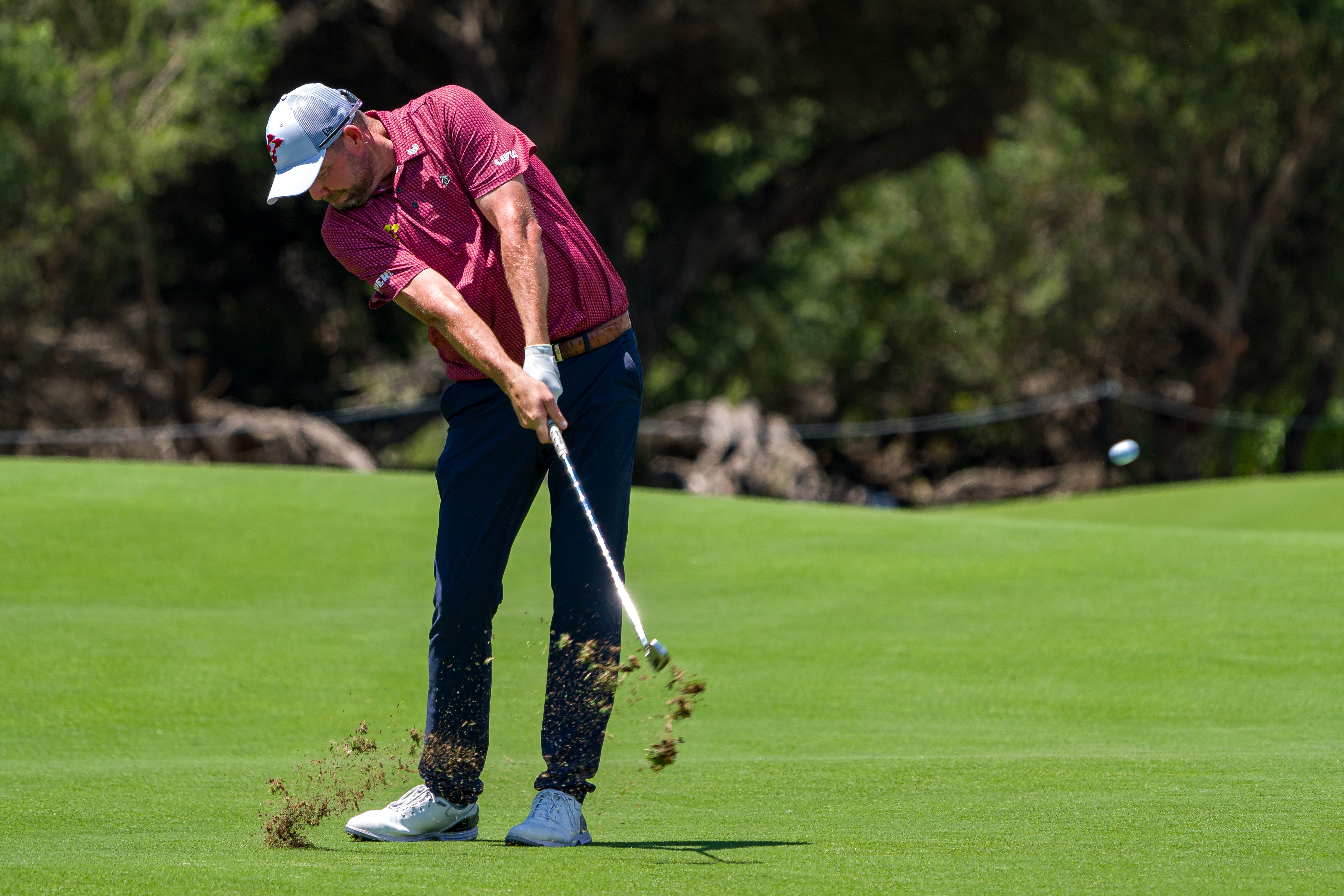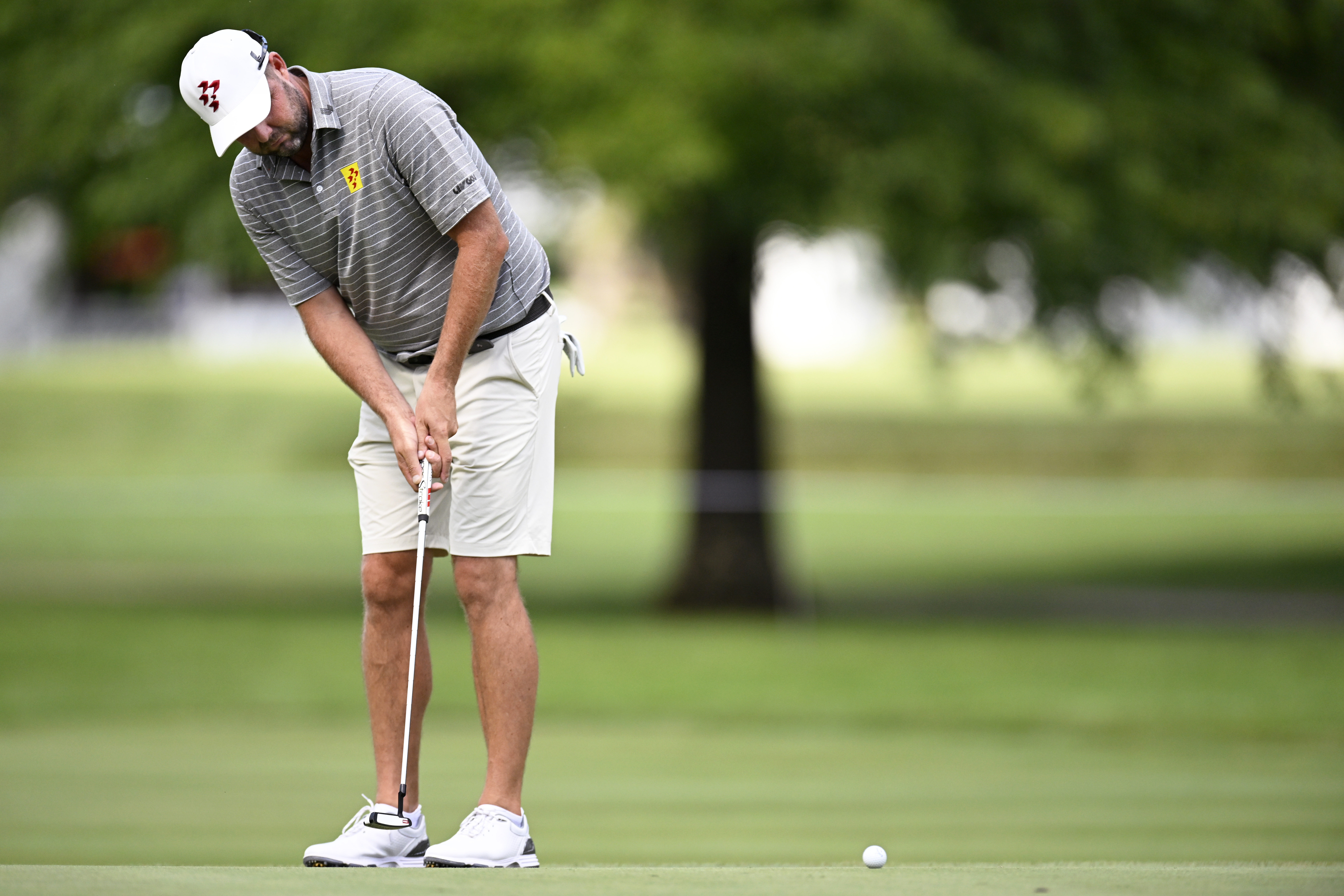
Consistent players are a minority in amateur golf. This multifaceted game makes it impossible to regularly fire on all cylinders. But if you’ve ever played 18 holes with a professional, you’ll notice there are things all great golfers do.
Marc Leishman has been one of the most consistent players on the PGA Tour since taking Rookie of the Year honors in 2009 – the first Australian player to win the award. On golf’s toughest professional circuit, Leishman knows only consistent players survive long-term.
So, what are the hallmarks of a consistent player? If you're struggling to string good rounds together, you'd do well to read this fascinating interview with the talented Aussie, a player who now plies his trade on LIV Golf.
THE KEY TO CONSISTENCY
1. Driving
Commit to one shot shape
Good golfers hit the majority of their drives with the same shot shape. I’ve actually come full circle with how I shape my tee shots. When I started playing golf as a young lad in Australia, I naturally had a left-to-right flight with my driver. However, in order to gain some distance to compete with the elite juniors that came out of my home state of Victoria, I spent some agonising months rebuilding my swing to produce loopy draws.
I then went back to fading the ball with driver in hand. It’s my stock shot, the shape I feel most comfortable with to get the ball in play. Amateurs should pick their shot shape based on body type and personal swing characteristics, then practice being able to call on that shot on every tee box. You’ll find more fairways and have easier second shots even after poor drives.

2. Iron play
Staying balanced
You’ll rarely come across a good player who swings out of their shoes on iron shots. Their action is always silky smooth, and usually they’re swinging at 85 per cent with a longer iron. That’s because they know the most vital aspect of iron play is staying balanced. You need balance to determine your low point at impact and then be able to repeat it.
Ball then divot
Once you’ve mastered balance, focus on grooving solid contact by compressing your irons. You won’t develop a consistent ball flight and distance with each iron until you start taking a divot after the ball. The biggest key to ensuring a ball-first strike is backswing length. A long swing can be detrimental as the club will release past the hands too early and you’ll likely scoop the ball. Swing to just before parallel on iron shots and you’ll hit down on the ball.

3. Wedge play
Adapt your strategy
A good golfer can always adjust to a chip or pitch shot based on the lie and also the direction of the grass (the grain) where their ball is resting. You can be a good wedge player with a sound technique from standard lies but if you can’t adapt to different lies and grasses then you’ll struggle on the course.
Usually in the afternoon of a Tuesday or Wednesday right before a tournament, I try to spend time chipping and pitching around the greens at that course to familiarise myself with the type of grasses and their grain. It will determine how high or low shots will fly, and what they’re going to do when they bounce. If you’re chipping against the grain, which is more difficult than with it, you want to keep the hands above the ball, not in front of it, and have your weight evenly distributed through your stance.

4. Strategy
Master the wind
Good players lick their lips when it’s windy, because they know many of their competitors will struggle. I grew up in a coastal town called Warrnambool in Victoria, where you had to learn to play in the wind and enjoy it as there was rarely a day when it wasn’t blowing a gale on the course!
There are two signs of a good wind player. The first is playing the ball back in the stance as that improves your chances of ball-first contact, while also helping to keep the ball under the wind. The second is avoiding the temptation to let your ball ride the wind. Always hit your ball against the wind, because you can control your ball when it hits the ground, and that is the most unpredictable aspect of golf in these conditions.
5. Mind games
Think conservative aggressive
A consistent golfer can always recognise the point in a round where they need to play ‘conservative aggressive’. When I won the 2017 BMW Championship, I teed off on Sunday five shots ahead, with players like Rickie Fowler and Justin Rose chasing. I was a little less aggressive than in the first three rounds, just trying to give myself chances. I thought if I kept trying to make birdies without doing anything stupid, hopefully it would be enough to hold them off, and I managed to do it.
For amateurs, especially when you’ve got a good round going, there might be a stretch of holes on the course that are notoriously difficult. This is where you need to think through tee shot options that make bogey your worst-case scenario, while also keeping birdies and pars on the table. It might be a 3-wood or driving iron instead of driver. From there, aim for the middle of the greens and pick shot shapes that, if struck less than perfectly, miss on the side where saving par is easier.
Unless you strike it in the middle of the face, you’ll struggle to consistently get the ball close or sink putts
6. Putting
Middle is money
Putting is one of the most analysed parts of the game from a technical perspective, and rightly so. But I’m not sure if enough emphasis is placed on hitting the center of the putter face, and that, to me, is the signature of a good putter. You can practice your speed, or reading of greens, all you want. But unless you strike it in the middle of the face, you’ll struggle to consistently get the ball close or sink putts.
If I’m ever struggling with my putting, I’ll pick a dead-straight and flat part of a practice putting green and hit putts of about ten feet over and over again. I’ll concentrate on hitting the middle of the face, hearing that sound and seeing the ball go in the hole – that really builds confidence and confidence breeds good putting. If you’re not feeling good over the ball, generally you’re going to putt poorly. If you are confident, you’re not thinking about missing. That’s when I putt my best.








